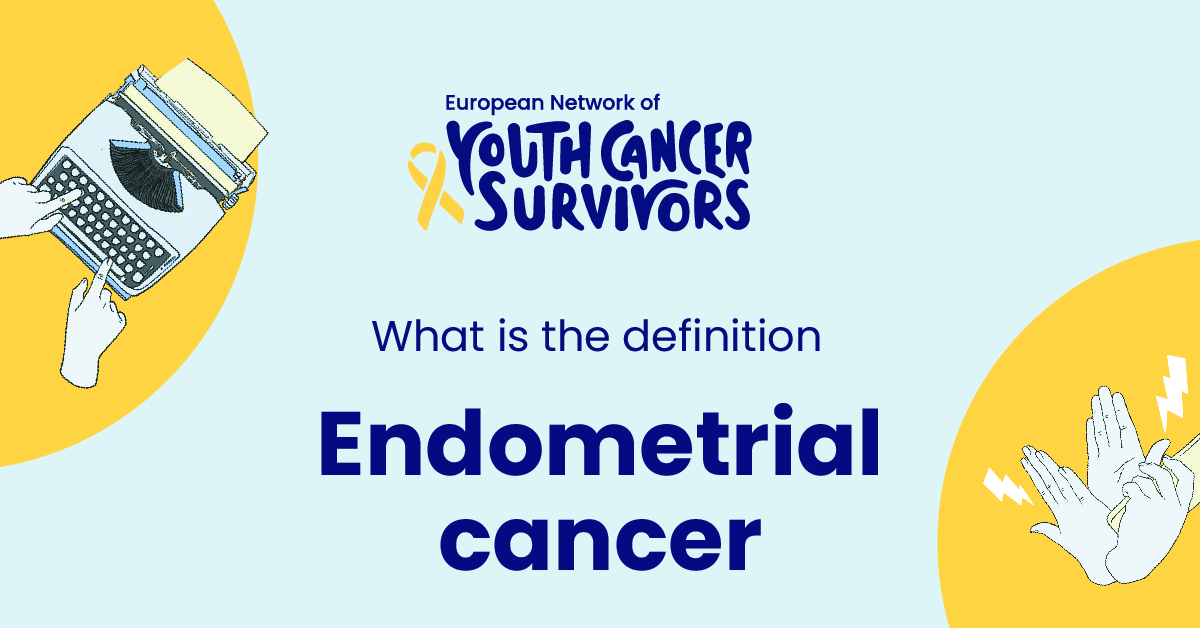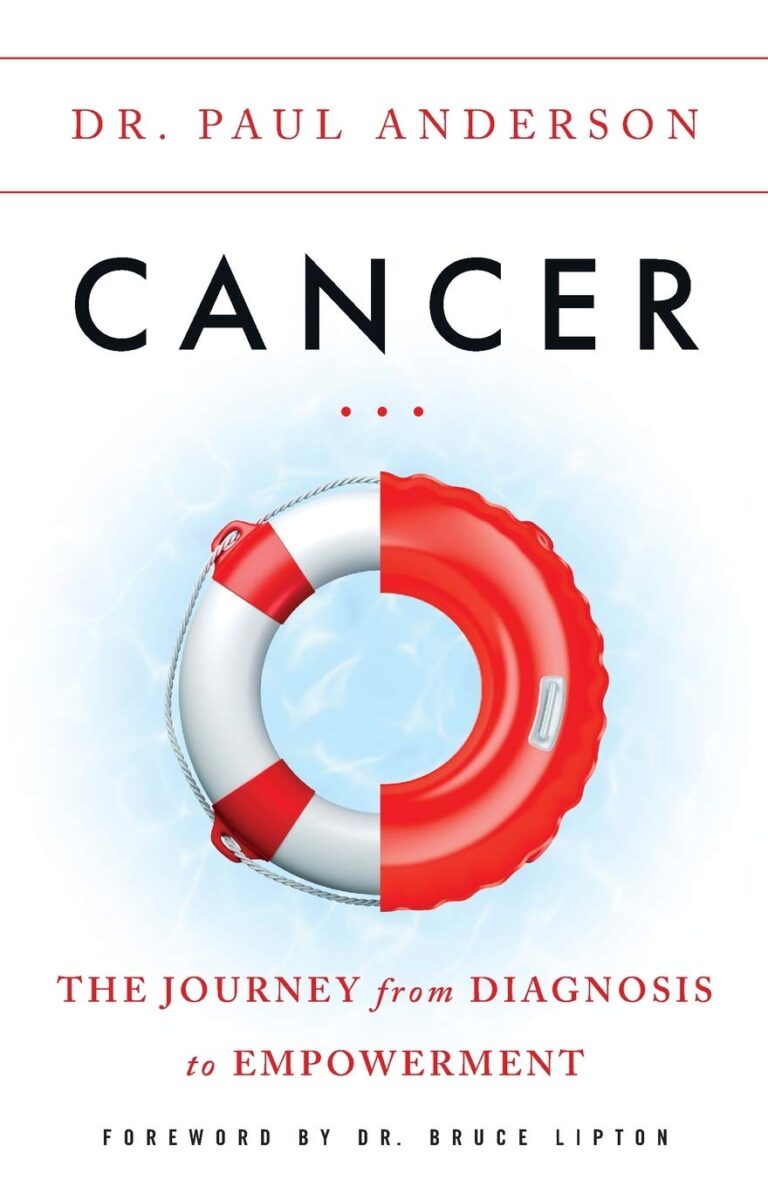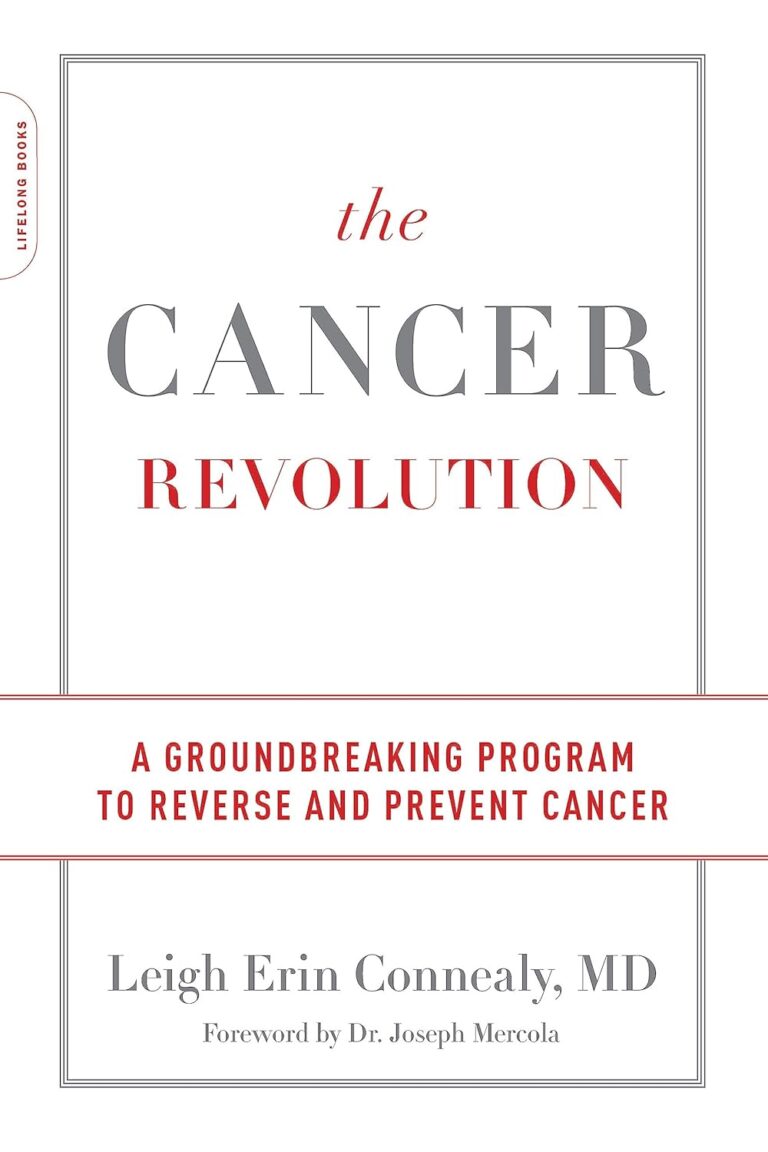
Endometrial cancer is a complex disease that begins in the uterus’s lining, known as the endometrium. This vitally important topic merits serious consideration due to the increasing number of cases worldwide, necessitating increased public awareness for early detection and intervention. This comprehensive guide will help you understand the dynamics of endometrial cancer, from its causes and symptoms to the latest treatment options available.
Introduction to Endometrial Cancer
Typically, when we refer to cancer, we allude to the rampant growth of abnormal cells that invade or spread to other parts of the body. Endometrial cancer follows a similar pattern, with abnormal cell growth originating in the endometrium, a layer that lines the uterus’s inner side. It’s predominantly a type of uterine cancer, although other cancers can also develop within the uterus.
Get to know us better
If you are reading this, you are in the right place – we do not care who you are and what you do, press the button and follow discussions live

Causes and Risk Factors of Endometrial Cancer
The precise cause of Endometrial cancer remains unknown. However, a number of risk factors can contribute to its development, including genetic factors, hormonal imbalance, lifestyle, dietary factors, and underlying health conditions.
Genetic factors and hormonal imbalance play a significant role in causing endometrial cancer. The disease is often linked to an excess of estrogen hormones without the balancing effect of progesterone. This hormonal imbalance can lead to abnormal growth in the endometrium.
There’s a notable relationship between Endometrial cancer and lifestyle habits, particularly those involving diet and physical activity. Eating a diet high in fat, for example, is seen as a significant risk. Equally, a lack of exercise or physical activity can also increase the risk.
Various Types of Endometrial Cancer
The major types of endometrial cancer are divided into two categories: Type I and Type II.
- Type I Endometrial Cancer also referred to as endometrioid cancer or estrogen-dependent cancer, is often associated with a balance of estrogen. This type tends to develop slowly and fortunately, it’s often detected early.
- Type II Endometrial Cancer or non-endometrioid cancer is not directly related to estrogen and is comparatively rare. This type grows quicker and is often more advanced when detected, hence it has a poorer prognosis compared to Type I.
Understanding Symptoms of Endometrial Cancer
Recognizing the symptoms of endometrial cancer is crucial for early detection and successful treatment. Anyone noticing these symptoms should seek immediate medical attention.
Common symptoms may include abnormal vaginal bleeding or discharge, pain during intercourse, and pelvic pain. These are the warning signs and should be considered seriously.
In advanced stages, symptoms may include dramatic weight loss, the feeling of a mass in the pelvic area, and general fatigue. It is recommended to seek medical advice if these symptoms appear.
Diagnostic Methods for Endometrial Cancer
Endometrial cancer is generally diagnosed using a combination of thorough physical examination, medical history, pelvic ultrasound, biopsy, imaging tests, and surgical staging.
Available Treatments for Endometrial Cancer
There are several treatment options available for patients with endometrial cancer, including surgical procedures, radiation therapy, hormone therapy, chemotherapy, and targeted therapy. The choice of treatment heavily depends on the stage of cancer, general health, and the patient’s personal preferences.
Conclusion
The importance of early detection cannot be stressed enough. A healthy lifestyle, regular exercise, and a balanced diet can significantly lower the chances of developing endometrial cancer and other health issues.
FAQs:
- What are the early signs of endometrial cancer?
Early signs include abnormal vaginal bleeding or discharge and pelvic pain.
- Can endometrial cancer be prevented and how?
While there’s no surefire way to prevent endometrial cancer, maintaining a balanced diet, regular exercise, and maintaining a healthy body weight may reduce the risk.
- What lifestyle changes can help reduce the risk of endometrial cancer?
A lifestyle incorporating regular exercise, a healthy diet, and body weight management can lower the risks.
- Is endometrial cancer curable?
If detected early, endometrial cancer is highly treatable. Success rates diminish with the progression of the disease.
- Are there any types of endometrial cancer that are more common or aggressive than others?
Type I is more common, while Type II is often more aggressive.

















Comments
Thank you. Comment sent for approval.
Something is wrong, try again later